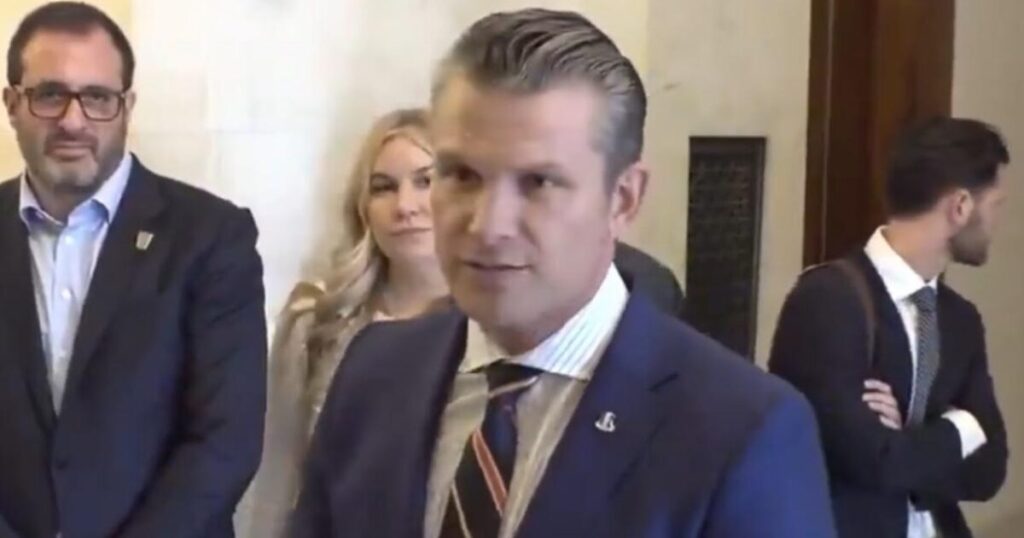Pete Hegseth, the nominee for Defense Secretary under President Trump, has recently come under scrutiny due to allegations of sexual assault stemming from a 2017 incident. These allegations were initially made by a married woman, referred to as Jane Doe, who claimed that Hegseth assaulted her during a Republican women’s conference in Monterey, California. However, the local police department investigated the claims and concluded that there was insufficient evidence to support Jane Doe’s assertions. Hegseth, for his part, has consistently maintained that the encounter was consensual and that he was cleared of any wrongdoing by law enforcement.
The controversy reignited when far-left media outlet Mediaite obtained a 22-page police report related to the investigation, presumably to further scrutinize Hegseth’s character. Contrary to the files’ intent, the police report revealed that the investigation resulted in findings that did not substantiate the allegations made against Hegseth. The report stipulated that Jane Doe had approached Hegseth at the hotel and subsequently stated that she felt he mistreated women. It also recounted Jane Doe’s narrative of events that night, in which she claimed she had been sexually assaulted but provided little immediate evidence of such an event, as she delayed her hospital visit for four days.
In her statements to the police, Jane Doe mentioned that she waited until Monday to reflect on the incident, suggesting a lack of clarity about her experience immediately after it occurred. Hegseth described himself as “buzzed” that night and affirmed that any sexual activities that transpired were consensual. Surveillance footage of the evening showed the two walking together amiably, with Jane Doe appearing to be happy as they walked towards the pool. Hegseth’s account stated that Jane Doe initiated their return to his hotel room and was reluctant to leave, which counters the allegations she later made.
Hegseth’s attorney, Timothy Parlatore, maintained that the police report backs Hegseth’s position, asserting that the allegation did not hold up under investigation otherwise charges would have been filed. The lawyer emphasized that the conclusions drawn by law enforcement “confirm what I have said all along,” indicating that the allegations were unfounded. Hegseth himself addressed reporters on Capitol Hill, firmly stating, “The matter was fully investigated, and I was completely cleared,” further asserting his position on the issue without engaging the specifics of the accusations in depth.
Upon being questioned directly about the allegations by a reporter, Hegseth reiterated his stance, insisting that he had been cleared of any wrongdoing by a thorough investigation. Despite the media’s efforts to seize upon the prior allegations as a means to discredit his nomination and public image, Hegseth’s responses were assertive and reflective of his confidence in the validity of the investigation’s findings. This response highlights the challenges that nominees often face when confronted with uncorroborated historical claims, particularly in politically charged environments.
In summary, while the media has sought to revive past allegations against Pete Hegseth concerning an incident from 2017, the investigative results have not substantiated these claims. Based on the police report and Hegseth’s firm denial of the allegations, it appears that the narrative pushed by certain media outlets has been met with resilience from both Hegseth and his legal representatives. In light of these events, the situation exemplifies the broader complexities surrounding public figures and the allegations they face, emphasizing the importance of due process and comprehensive investigations in determining the veracity of such claims.

